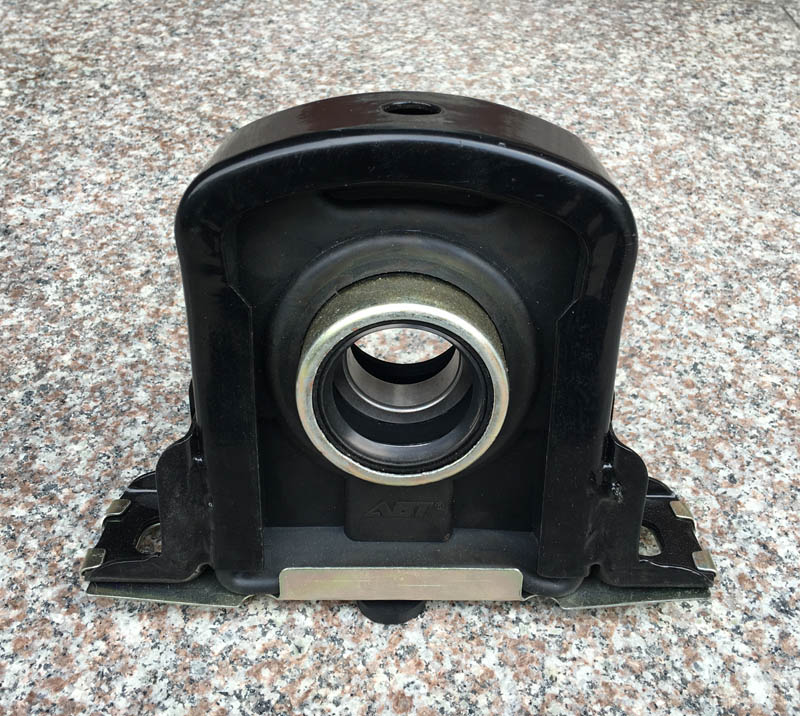

Optimal clearances are decided by the shaft diameter. If rough around the edges, unevenly worn, or delaminating, then the bearing is nearing failure and should be replaced.ģ.ğinally, measure bearing clearances (the distance between the shaft and bearing material). Next, verify the bearing material is smooth and uniform throughout. If the propeller shaft is constantly moving and not secured by the bearing, the alignment is likely being affected.Ģ. The following should be performed to inspect bearing condition:ġ.ğirst, try to wiggle the shaft: While unscientific, if it moves excessively, the bearing is likely worn. This formula ensures that the bearing is properly loaded, therefore allowing the most efficient power transfer from the engine.Īs is true with all vessel components, bearings must be regularly maintained for the vessel to run as smoothly as possible. A general rule of thumb is that bearings should be spaced no less than 20 times the shaft diameter and no more than 40 times the shaft diameter. To achieve maximum performance, the correct number of bearings and subsequent spacing is imperative. When installed properly and systematically maintained, bearings keep the vessel running smoothly while limiting any wear and tear on machinery. Polymer, composite, and rubber sleeve bearings with non-metallic outer shells are ideal wherever corrosion, electrolysis, or a combination of metals may be a concern (i.e., when you have a steel or aluminum stern tube). Water-lubricated rubber sleeve bearings can have a metallic or non-metallic outer shell, chosen based on the vessel’s needs. Bearings are designed with flutes and valleys that channel water flow, flushing away grit that can erode the shaft. There are several types of marine shaft bearings, the most popular of which are water-lubricated, made of rubber, polymer, or a composite material.

To achieve these results, the correct type of bearings must be chosen, properly installed, and regularly maintained. For vessel owners, this extends the lifespan and lowers maintenance costs. Bearings are designed to hold a vessel’s running gear in position while reducing friction on the propeller shaft.


 0 kommentar(er)
0 kommentar(er)
